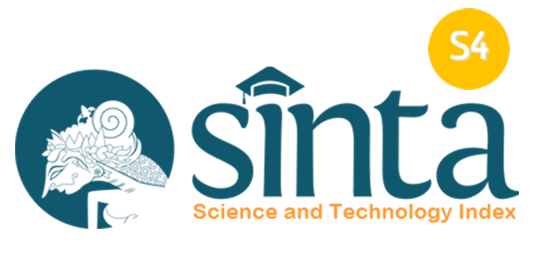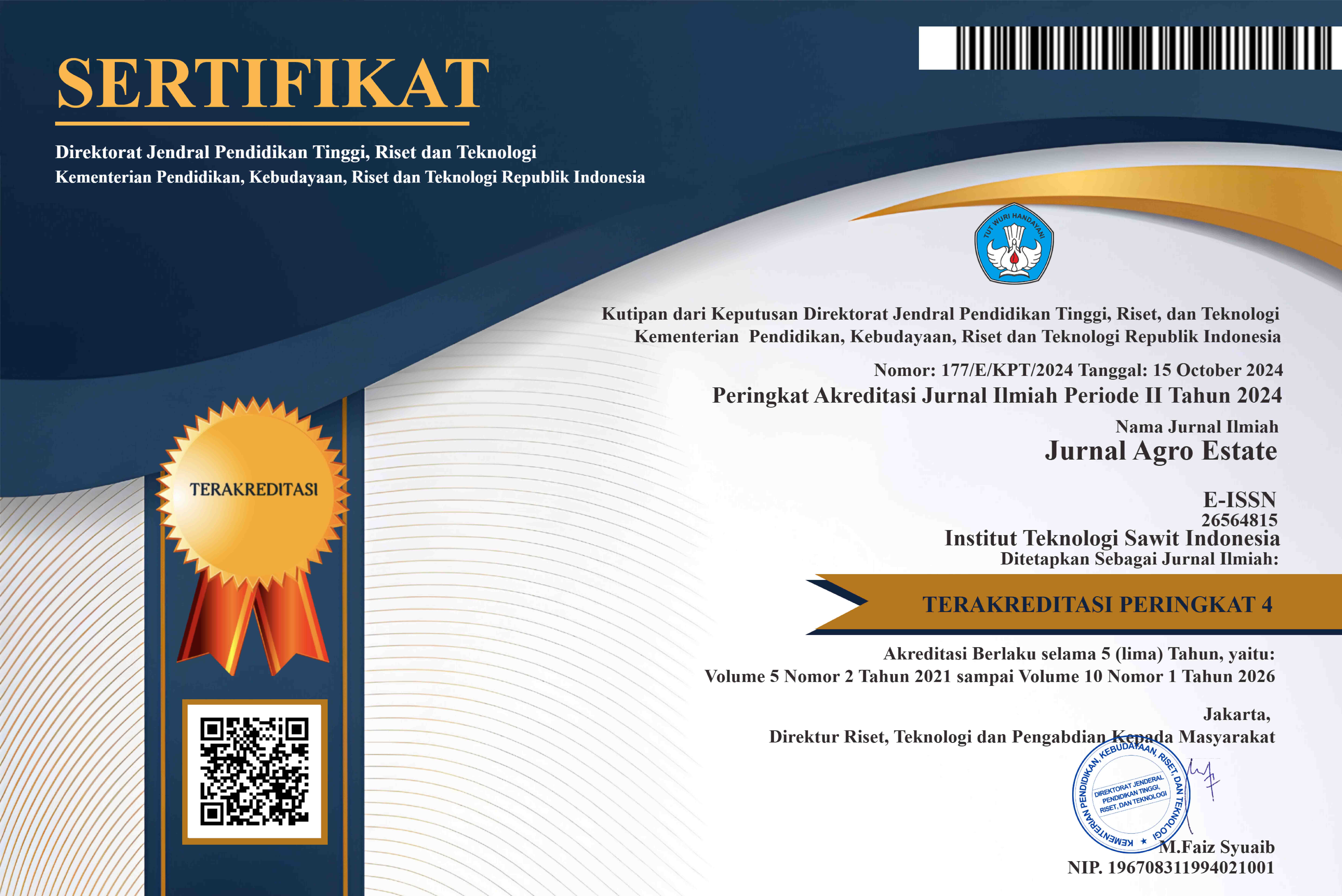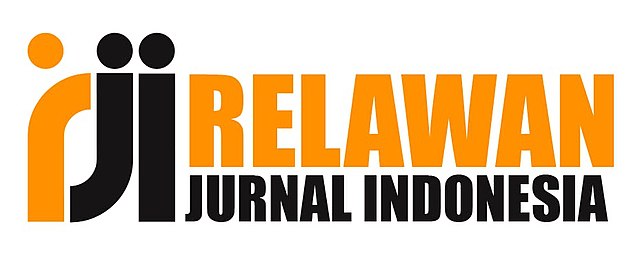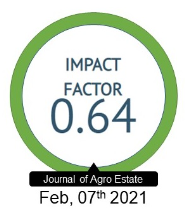BIOMASSA HIJAUAN Mucuna bracteata DAN PENGARUHNYA TERHADAP KADAR N TANAH DI PERKEBUNAN KELAPA SAWIT
DOI:
https://doi.org/10.47199/jae.v3i2.64Keywords:
Mucuna bracteata, Legumes Cover Crop, Oil Palm, Soil Biological PropertiesAbstract
Mucuna bracteata is one of the legume cover crop that is usually used in oil palm and rubber plantations. In general, legume cover crop are planted during the preparation / after land clearing when the oil palm are planted, Mucuna bracteata has covered the planting area. Mucuna bracteata growth conditions will affect soil biological properties, namely organic nutrient content, C/N balance, microbial population and macro-fauna activity. This study aimed to describe the soil and Mucuna bracteata plants in the phase of oil palm plants. The study was conducted in April - June 2019 in the area of TBM 3 oil palm plantations in 2 locations, namely Pabatu Plantation and Tinjowan Plantation. Soil types in Pabatu Plantation are typic dystrudepts (Reddish Brown Podsolik) and in Tinjowan Plantation the type of soil is typic hapludults (Yellowish Red Podsolik) and some typic paleudults (Yellow Podsolik). This study used a descriptive design that describes the growth character / biomass of Mucuna bracteata on TBM 3 oil palm plantations. The results of this study are the fresh biomass of Mucuna bracteata in Pabatu Plantation is 43,260 kg / ha and Tinjowan Plantation is 34,146 kg / ha (79%) and dry biomass is 13,943 kg / ha in Pabatu Plantation and 12,705 kg / ha in Tinjowan Plantation. The levels of N leaves of Mucuna bracteata are in the high category. Soil organic matter content and total N in Pabatu and Tinjowan Plantation are in the low category.
Downloads
References
Anas, I. (1989). Petunjuk Laboratorium Biologi Tanah dalam Praktek. Bogor: Departemen Pendidikan dan Kebudayaan. Pusat Antar Universitas Bioteknologi. IPB.
Ardi, R. (2010). Kajian Aktivitas Mikroorganisme Tanah Pada Berbagai Kelerengan dan Kedalaman Hutan Alami. Universitas Sumatera Utara, Medan.
Arifin, Z. (2011). Analisis Nilai Indeks Kualitas Tanah Entisol Pada Penggunaan Lahan yang Berbeda. Universitas Gadjah Mada, Yogyakarta.
Buckman, H. O. dan Brady, N. C. (1982). Ilmu Tanah. Terjemahan Soegiman. Bhratara Karya Aksara. Jakarta.
Edy, P,R,, A. Sriwijaya, E.S Sutarta, I.Y. Harahap, A.F Lubis, A.E Prasetyo, A.P. Dongoran. (2007). Mucuna bracteata Sebagai Tanaman Pengendalian Gulma. Pusat Penelitian Kelapa Sawit, Medan. Buku Saku Seri 27.
Hanafiah KA., A. Napoleon, N. Ghofar . (2007). Biologi Tanah :Ekologi dan Makrobiologi Tanah. Jakarta: PT. Raja Grafindo Persada.
Harahap, I.Y., T.C. Hidayat, O. Simangunsong, E.S. Sutarta, Y. Pangaribuan, E. Listia, dan S. Rahutomo. (2008). Mucuna bracteata Pengembangan Dan Pemanfaatannya Di Perkebunan Kelapa Sawit, Pusat Penelitian Kelapa Sawit, Medan.
Hardjowigeno, S. (1989). Ilmu Tanah. PT. Medyatama Sarana Perkasa. Jakarta.
Huhe; S. Borjlgin; Y. Chaeng; N. Nomura; T. Nakejima; T. Nakamura and U. Uchiyama. (2014). Effect of Abondonment On Diversity and Abundance of Free Living Nitrogen Fixing Bactesia and Total Bactera in the Cropland Soils of Hullu Buir, Inner Mongolia. Plos One Vol 9 : 1 – 10 e1106714.
Lay B, W. (1994). Analisis Mikroba di Laboratorium. Raja Grafindo Persada. Jakarta.
Nugroho, P.A., Istianto, N. Siagian, dan Karyudi. (2006). Potensi Mucuna bracteata dalam Pengembalian Hara pada Areal Tanaman Karet Belum Menghasilkan. Prosiding Lokakarya Nasioanal Budidaya Tanaman Karet. Medan.
PPKS. (2018). Laporan rekomendasi Pemupukan Tanaman Kelapa Sawit Kebun Tinjowan PTPN IV. PPKS. Medan.
PPKS. (2018). Laporan rekomendasi Pemupukan Tanaman Kelapa Sawit Kebun Tinjowan PTPN IV. PPKS. Medan.
Rao, S. (1994). Mikroorganisme Tanah dan Pertumbuhan Tanaman. Edisi II. UI Press. Jakarta.
Sakiah, M. Sembiring dan T. Utomo. (2018). Pengaruh Kacangan Penutup Tanah Mucuna bracteata Terhadap Beberapa Sifat Fisik dan Kimia Tanah Ultisol pada Perkebunan Karet. Journal Agro Estate Vol II No.1 Juni 2018 : 9 – 15
Siagian. N. (2001). Potensi dan Pemanfaatan Mucuna bracteata Sebagai Kacangan Penutup Tanah di Perkebunan Karet. Pusat penelitian Karet Medan. Warta Vol. 20 (1-3): 32-43.
Supardi G. (1983). Sifat dan Ciri Tanah. Bogor: Jurusan Ilmu Tanah, Fakultas Pertanian. Institut Pertanian Bogor.
Wahyuni, M. Dan M. Rosinta. (2017). Efektifitas Biocharcoal dan Rhizobium sp. Terhadap Nodulasi Mucuna bracteta Asal Biji dan Stek. Prosiding Senasmudi 2017.
Wahyuni, M. M. Sembiring dan A. Rajagukguk. (2016). Efektivitas Inokulasi Bakteri Rhizobium sp Terhadap Nodulasi Mucuna bracteata monokultur dan biokultur dengan Tanaman Kacang Hijau (Phaseolus radiates). Journal Agro Estate Vol VII No. 2 : 94 – 106
Downloads
Published
How to Cite
Issue
Section
License
Copyright (c) 2023 Agro Estate

This work is licensed under a Creative Commons Attribution 4.0 International License.























